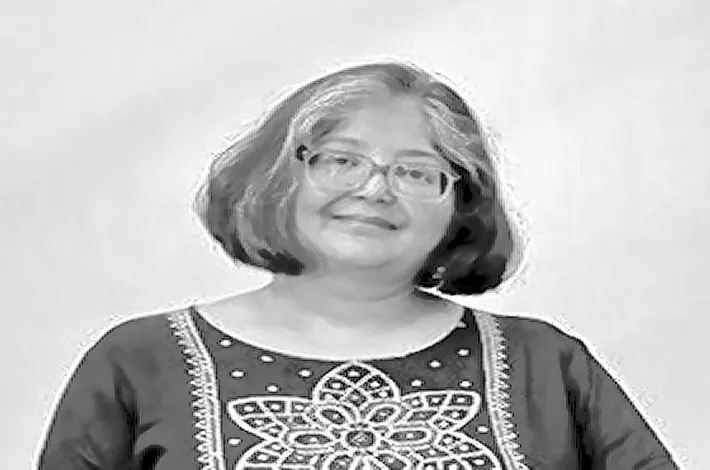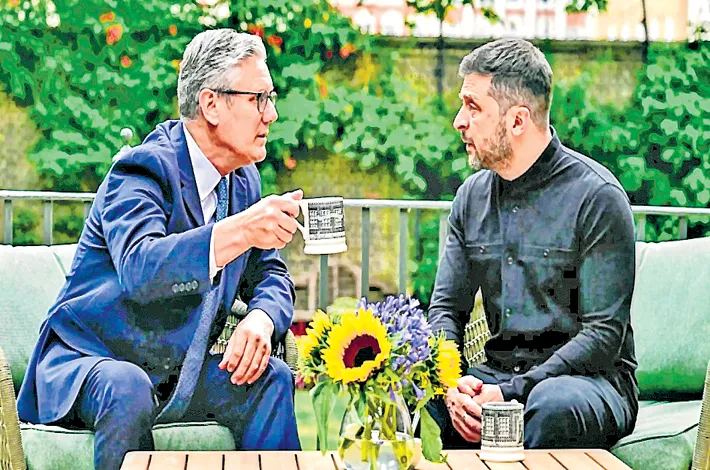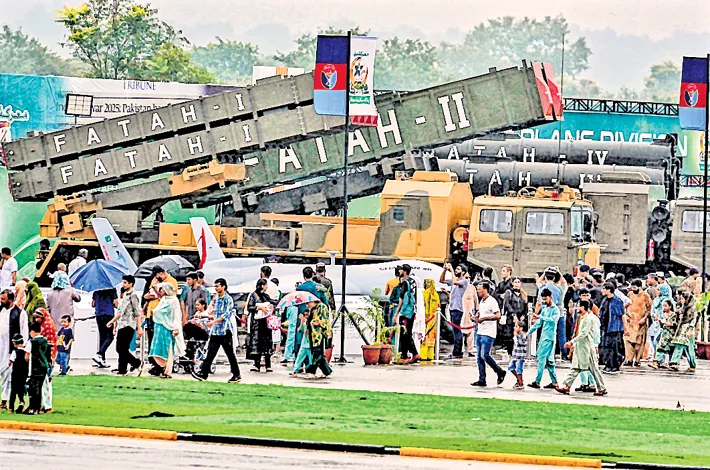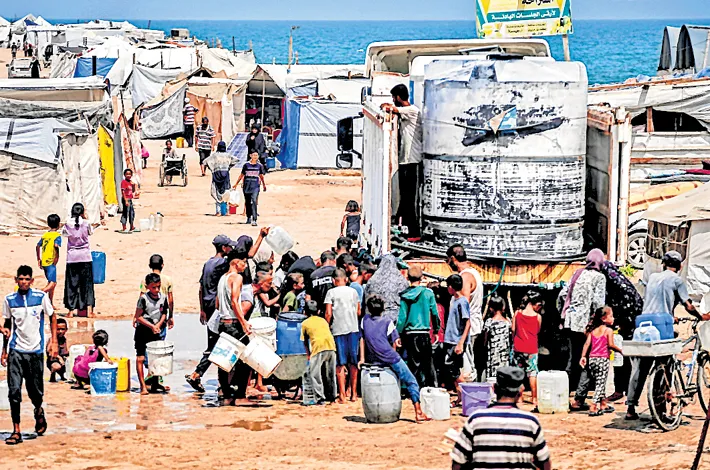What does freedom mean for India’s varied social groups?
15-08-2025 12:00:00 AM

It’s the majority that needs to be liberated from the false sense of freedom it so evidently enjoys; they must break free from their own biases
It is the 79th Independence Day today, and the celebrations are in full swing. Once again the daily morning traffic cacophony is replaced by the cries of ‘Vande Matram’ and ‘Bharat Mata ki Jai’; once again the Tiranga is hoisted in scores of residential areas across the country with people singing the national anthem in unison; once again patriotism is trending on social media; once again street kids are running around with miniature plastic Indian flags for dashboards and handlebars, trying to eke out a living; and once again the thought of what freedom means to all of us, the wide variety of people constituting the largest democracy in the world, resurfaces in the mind. It is worth exploring, especially now when we are on the way to becoming, or have become, the third largest economy in the world and are recognised as the most diverse nation on planet Earth.
Freedom from the British rule was an outcome of collaboration, wherein all sections of society—irrespective of caste, class, religion, gender and age—came together to fight against their oppressors. The declaration of independence, on the eve of August 15, brought hope amid the chaos and confusion of Partition. Pandit Nehru’s words held the promise of a new India built on social equality and scientific temper, where all stakeholders would enjoy their hard-earned freedom. Seventy-eight years since, it is time to evaluate how freedom has shaped their lives.
Women: The most impressive aspect of the freedom movement was, perhaps, the way women from all sections of society participated wholeheartedly in the freedom movement. That was the first wave of feminism India witnessed, and that fight was not only against the British but also against the centuries’-old traditions that had denied women their civic rights. Today, women are in a much better space, having the right to get educated and have a career. But are they really free? It is not an easy question to answer. Maybe to a certain degree they are, but, given the rising graph of crime against women, one can say that they still lack the freedom to say ‘NO’.
OBC, SC/ST, Dalits: One of the unique features of our Constitution is that it not only sought to erase inequality and untouchability propagated by the Indian caste system but also made provisions for reservation for Scheduled Castes and Scheduled Tribes in government employment and education. In 1990, these reservations were extended to Other Backward Castes, gaving them access to education and employment opportunities. Today, the literacy rate among the SC, ST and OBC is 66.10%, 59% and 82.2%, respectively. The unemployment rate for SCs is 6.4 as against the national average of 5.8, while among the STs it is 4.3 and for OBCs it’s 5.8, according to NSS-PLF.
However, their acceptance in society as equals is still a distant dream. They form the bulk of the informal workforce and traditionally have been associated with socially stigmatised occupations like sanitation, leather work, and other menial jobs. Their representation in managerial positions or positions of power (in politics) remains minimal. Social acceptance for Dalits and STs is still questionable.
Dalit youth cannot ride a horse; they can’t wear turbans; their entry in temples remains restricted, though some temples, like the Gidheshwar Siva Temple in West Bengal and Guru Gorakhnath Temple in UP, have been practising inclusivity; and, most of all, untouchability is still massively prevalent. There are innumerable instances where Dalits and STs, who have broken the glass ceiling, have been at the receiving end of discrimination by the upper castes. When Akhilesh Yadav vacated the CM’s bungalow after being ousted from power in UP, Yogi Adityanath reportedly got it ‘purified’ with Gangajal. Suicides by Dalit youths in institutes of higher learning are a grim reality. In an independent India, their freedom is certainly severely curtailed.
Minorities: India paid a heavy price for its freedom when, on the eve of August 15, the nation stood divided with the creation of Pakistan on its eastern and western borders. The rift that was created between the two communities, Hindus and Muslims, then seems to have broadened over the years. Vested political interests have only fuelled the fire. In recent years, minority communities, especially Muslims, have been at the receiving end and are losing their space both in the public and political domains.
Today, they are singled out based on the clothes they wear, the language they speak, the food they eat, and, of course, the way they pray. Reduced to being second-class citizens in a country where around 80% of the population is Hindu, most Muslims seem to have compromised their freedom for a peaceful life in their chosen country of residence.
Their agitation against the combined exercise of CAA and NCR, started by the state to expel all those deemed to be illegal immigrants and then allow Hindus, Parsis, Jains, Buddhists and Christians back in, was viewed as anti-national by a majority of Hindus. A community that fought for India’s freedom on an equal footing is, today, fighting for its own free existence. The threat of being called anti-national has gagged many voices, and those who could not be silenced are behind bars under the Unlawful Activities (Prevention) Act, or UAPA.
This would mean that the fruits of independence are truly being enjoyed by the majority.
Well, it couldn’t be further from the truth. In fact, it is the majority that, in the real sense, needs to be liberated from the false sense of freedom it so evidently enjoys. It is they who need to be free from biases, free to speak their minds without being labelled Urban Naxals, free to ask for a free and fair electoral process, free to criticise the government without fear of a witch-hunt, and free to question why India’s Ganga-Jamuni Tehzeeb, its monuments, languages, and history are under threat. This brings us back to the question of freedom: How free are we really?








